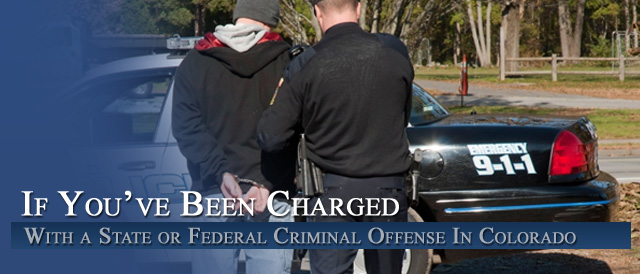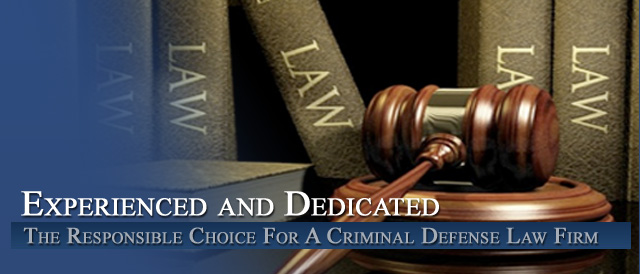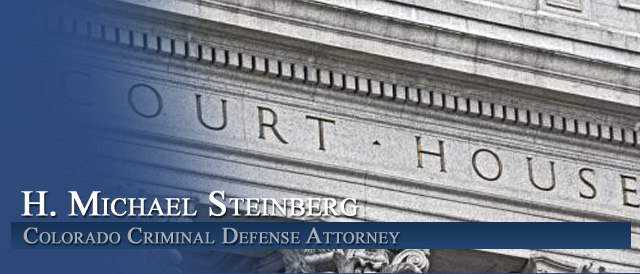




Fingerprint Evidence
A brief explanation of the techniques involved in gathering and using fingerprint evidence.
In this day and age of high-tech crime-solving methods, especially DNA typing, the lowly art of fingerprint identification sometimes seems lost. In fact, fingerprint evidence is highly reliable and particularly accessible to juries: You don’t need a Ph.D. or a scientific lecture on genetics to understand that your own fingers contain a contour map of ridges and whorls that is completely unique. And unlike the theories behind DNA matching, no one seriously doubts this assumption.
Fingerprints were first used in the United States by the New York prison system in 1903. Today, the FBI has a collection of prints that numbers in the millions.
Police officers can use fingerprints to identify defendants and crime victims if a print matches one already on file. People’s fingerprints can be on file for a variety of reasons. For example, people may be fingerprinted when they are arrested, or when they join certain occupations. And it is increasingly popular for parents to ask local police departments or schools to fingerprint their young children, a grim reminder that children who are abducted or are the victims of other heinous crimes often cannot be identified otherwise.
Fingerprint evidence rests on two basic principles:
- a person’s “friction ridge patterns” (the swirled skin on their fingertips) don’t change, and
- no two people have the same pattern of friction ridges.
Because judges normally accept these principles as true, parties seeking to offer fingerprint evidence at trial do not have to convince the judge of the validity of the methodology underlying fingerprint evidence.
|
How Fingerprints are Made and Found |
|
Friction ridges contain rows of sweat pores. Sweat mixed with other body oils and dirt produces fingerprints on smooth surfaces. Fingerprint experts use powders and chemicals to make such prints visible. The visibility of a set of prints depends on the surface from which they’re lifted; however, with the help of computer enhancement techniques that can extrapolate a complete pattern from mere fragments, and laser technology that can read otherwise invisible markings, fingerprint experts increasingly can retrieve identifiable prints from most surfaces. The age of a set of fingerprints is almost impossible to determine. Therefore, defendants often try to explain away evidence that their fingerprints were found at crime scenes by testifying that they were at the scene and left the prints at a time other than the time of a crime. How to Achieve Exclusion of ‘Known’ Fingerprints: To prove that the defendant’s prints are the same as those left at the crime scene, the prosecution must demonstrate that the known fingerprints–those rolled prints taken during a booking procedure, for example–in fact, belong to the defendant. The most common way for this to be demonstrated is to have the officer who fingerprinted the accused upon his arrest come to court and testify that he witnessed the taking of the known fingerprints” preserved on a card, and affirm that they belong to the defendant. Although you might think that this procedure is routine, you would be surprised at how often the prosecution’s case gets derailed by its inability to establish this link in the evidentiary chain. Challenges to the rolled prints are some of the most effective means to win an early victory. These challenges can be made via a motion in limine or via an objection during trial. Either way, counsel should be prepared before trial with a detailed basis for proposing the exclusion and supporting authority. The following arguments have been successful in precluding the prosecution’s evidence of the “known prints.” Be aware of the risk that accompanies pre-trial motions: Alerting the prosecution to the need to cross its “t’s” and dot its “i’s” before trial. Authentication–Attempts to introduce fingerprint cards without first authenticating them by establishing how they were obtained, affirmatively showing that they reflect the fingerprints of the defendant, and obtaining the requisite signatures required within the jurisdiction can be met with a motion to exclude such evidence from trial. Personal Knowledge–Prosecution failure to introduce fingerprint cards without establishing the personal knowledge of the recording official–even if the defense fails to object–can be the basis for exclusion of the known prints. The defense may move to exclude the cards from evidence on the grounds that the prosecution cannot use such cards to identify the defendant as the person who left prints at the crime scene, because there is no one to connect the defendant to the person represented by the fingerprint cards. Chain of Custody–If there are breaks in the chain of custody that make it difficult for the prosecution to demonstrate that the known fingerprints reflect the identity of the defendant, move in limine for the known prints to be excluded as hearsay. Notice of Expert Testimony–Failure to provide notice of witness testimony can get the prosecution into hot water. If the prosecution attempts to get the fingerprint cards admitted through the testimony of an expert, move to exclude them in limine unless the government has provided notice of the use of an expert witness pursuant to discovery rules. Prejudicial Evidence of Prior Arrests–When the “known fingerprints” are fingerprints taken from a previous arrest, their introduction may be irrelevant and prejudicial to the defendant by permitting the jury to infer his prior criminal conduct. If such evidence is going to be introduced for comparison with the latent prints, move in limine for it to be excluded. |
Other Articles of Interest:
- Fingerprint Evidence
- Overview
- Colorado Criminal Law – Criminal Histories and Teacher – Instructor – Social Services Applications And Other Background Checks
- Criminal Histories and Background Checks – A Tough Road
- Restoration Of Gun Rights In Colorado And Pardons – Don’t Hold Your Breath












